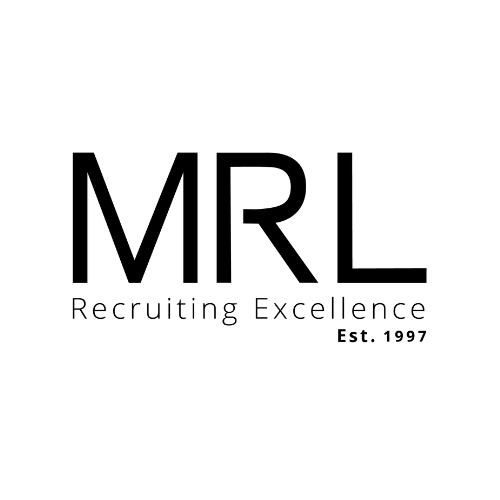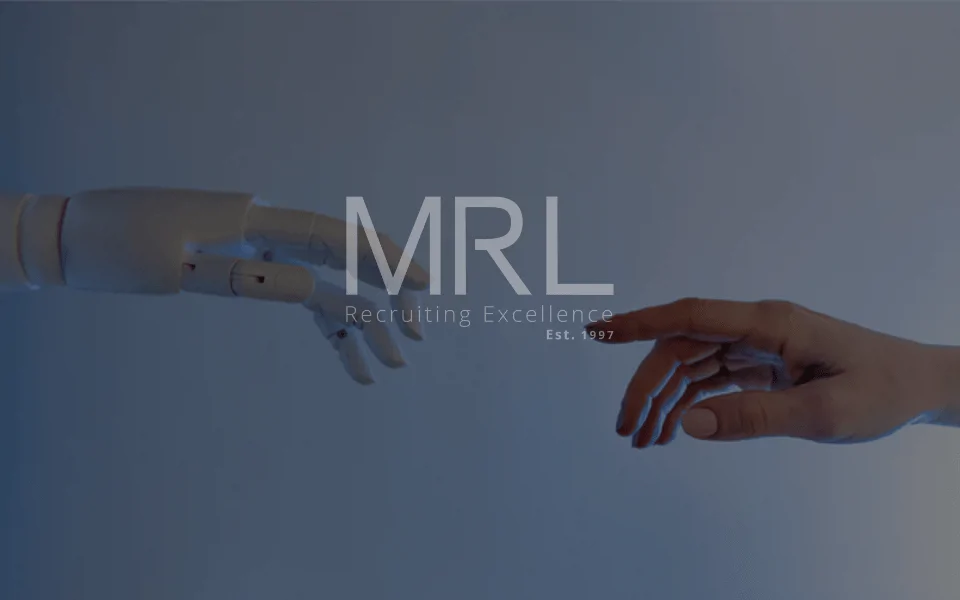How will Covid-19 affect the semiconductor industry?
13 May, 20205 minutesThis truly is an unprecedented challenge, and so we have few scenarios to look back on and p...
This truly is an unprecedented challenge, and so we have few scenarios to look back on and predict where we might end up. There are comparisons we can draw, however, to determine what the future could, and likely will, look like for the semiconductor industry.
Supply
As the coronavirus outbreak started in China, the home to many chip manufacturers, we know that there were early disruptions to the supply chain. There was a steep decline in production in January and February, although this is now thought to be returning to normal levels. As the virus spread and other countries, including South Korea, Japan, Italy, Germany, France and the USA, imposed severe lockdown restrictions, electronics production was again halted. We should see this improve as limitations are lifted, but it may be a while before global production returns to expected volumes.
Rumours of stockpiling chips have been rife in the industry over the last few years, as businesses grew nervous over escalating tensions between the US and China. Although the Covid-19 outbreak was unforeseen, this stockpiling could actually help to limit disruption for semiconductor organisations. Indeed, Omdia reported in February, that there had been little impact of the virus upon the semiconductor industry to date. The tech analyst suggested that problems are more likely to occur further down the supply chain at electronic manufacturing companies, who represent some of the world’s largest semiconductor purchasers.
Even now, as the Western world teeters on the edge of possibly the worst financial crisis in history, Chinese semiconductor stocks are reportedly showing some signs of immunity, suggesting confidence in the market. China appears to be over the peak of the pandemic and producers have begun to start work. Using this as a baseline, we can assume that things will be similar for semiconductor companies in other countries once they too are able to return to work.
Demand
In the early stages of the supply chain, demand has fallen because factories have had to pause production, with some having to switch their lines to help build more pressing requirements, such as ventilators, for example. There are, of course, some exceptions to this, such as medical device manufacturers. Those in tracking and logistics, too, have seen a surge in demand.
Consumer electronics are faring better than communication applications, such as mobile phones, thanks to a rise in demand for gaming devices, audio equipment and kitchen devices as people spend more time at home. Spend in this market is closely linked to GDP, because consumers use discretionary funds to make purchases, so it may be that this decreases if the economy falls into recession.
It will be interesting to analyse the impact on demand once the peak of the pandemic has passed and we return to relative normality. Semiconductor Intelligence makes the comparison to the aftereffects of 9/11, when air travel was severely disrupted and demand for air travel fell by an estimated 31 per cent. At this time, consumer spend on new vehicles, communications equipment, and televisions all increased.
James Asquith, writing for Forbes, states that the “second golden age of air travel is over” and that it will take the airline industry a long time to recover from this pandemic. People may be unable to afford air travel as they did before and may be nervous about travelling for months after the pandemic has passed. As the economy recovers, and individuals have increased spending power, they are more likely to purchase electronics over air travel, meaning that we may see a period of prolonged increase in demand.
Impact on jobs
Already there have been changes for those working in the semiconductor industry, with remote working becoming more common and workplaces operating social distancing policies. In 2019, approximately 1.7 million people reported working mainly from home in the UK, which accounts for 5.21 per cent of the working population, according to data from ONS. The latest figures show that this has increased to 49.2 per cent of the working population, in response to lockdown measures.
Prior to the outbreak of the virus, flexible and remote working were trends driven mostly by employees who wanted to regain some work/life balance, with policies implemented mainly by forward-thinking organisations. Now that businesses and their employees have experienced working from home on a huge scale, it is likely that employees will continue to request more flexibility in their working lives – and companies will have little reason to argue, if, during this time, they have managed to stay productive and motivated.
This doesn’t necessarily mean remote working for all. It’s more likely that employees will want flexibility, perhaps changing hours to avoid peak commuting times, or working from home a few days each week. There is a growing trend among tech companies to give up their bricks and mortar office altogether and – although we don’t imagine many semiconductor organisations will follow suit – there is a crossover when competing for talent, so semiconductor businesses will have to introduce some flexibility in order to compete for the best candidates in the market.
The nature of work will change, and in the short-term so will the companies who are competing for talent. While restrictions are in place, some of the giants in the industry have introduced hiring freezes, allowing start-ups to make the most of recruiting in talent pools which are less aggressive than they have been in the past. These smaller businesses tend to be more agile and so have been able to adapt and continue to hire.
McKinsey suggests that semiconductor companies should embark on a five-phase journey in order to survive the pandemic and get “back to normal” as quickly as possible. Most businesses are now in the second stage, "resilience", and are beginning to think about phase three, “return”. When organisations get to the “return” and “reimagination” phases, they will know exactly how they plan to move forward and will need to make strategic hires in order to realise these ambitions.
Prior to the pandemic, semiconductor organisations were focusing on solving some of the most pressing issues of our time – reducing energy consumption, improving road safety, limiting carbon emissions, for example – and these concerns have not disappeared. Once lockdown restrictions ease and the economy begins to recover, we predict that competition for talent will be stronger than ever, as semiconductor companies lead the way to a new, and better, normal.
Frank Thiel, CEO and Founder of Kolvenier Solutions recently told us: “When this is all over, businesses won’t be able to hire quickly enough. The competition for new talent will be stronger than ever, and companies who are still hiring during this time will be one step ahead of their competitors.
“The outbreak of this virus is a challenge for all businesses, but what I’m hearing from my networks, and what I’m advising others to do, is adapt, don’t stop and keep hiring as planned. The industry is looking to the future; we know that the return to normal will come, and everyone wants to be in the best possible position when that time arrives.”
Further validating Frank’s comments is the fact that many businesses in the industry are still hiring. We are working with several companies and helping them to onboard staff remotely, or get them to the offer stage so that both organisation and candidates are ready to hit the ground running when restrictions ease. The semiconductor industry is incredibly resilient and is absolutely essential for growth and innovation in other sectors. Throughout this period, there will be difficulties but there will also be opportunities, and we know that the industry will rise to the challenge.
We have been recruiting for the semiconductor industry for more than 20 years. For more industry insights, take a look at our latest media, or get in touch with us to find out how we can help you.





